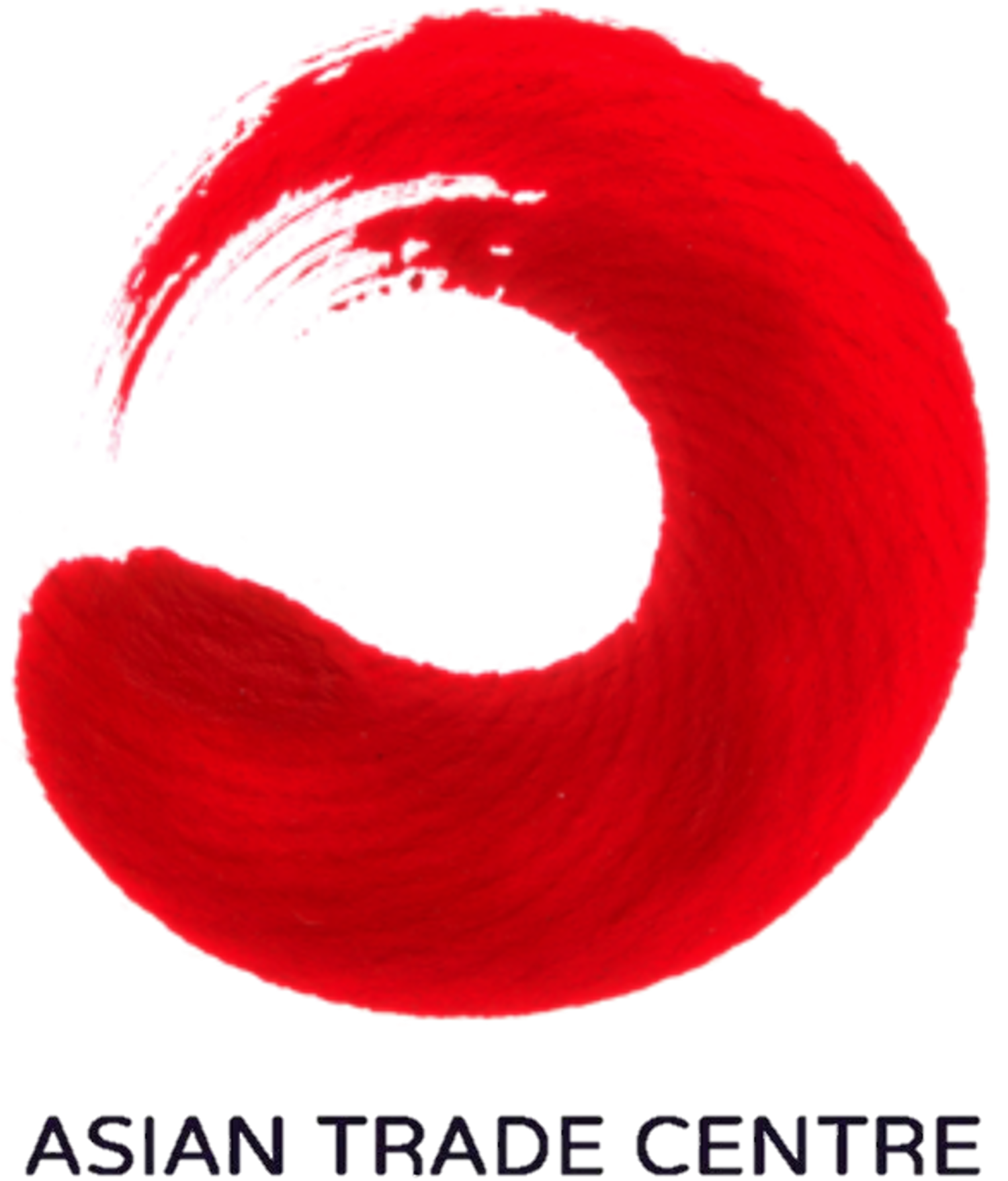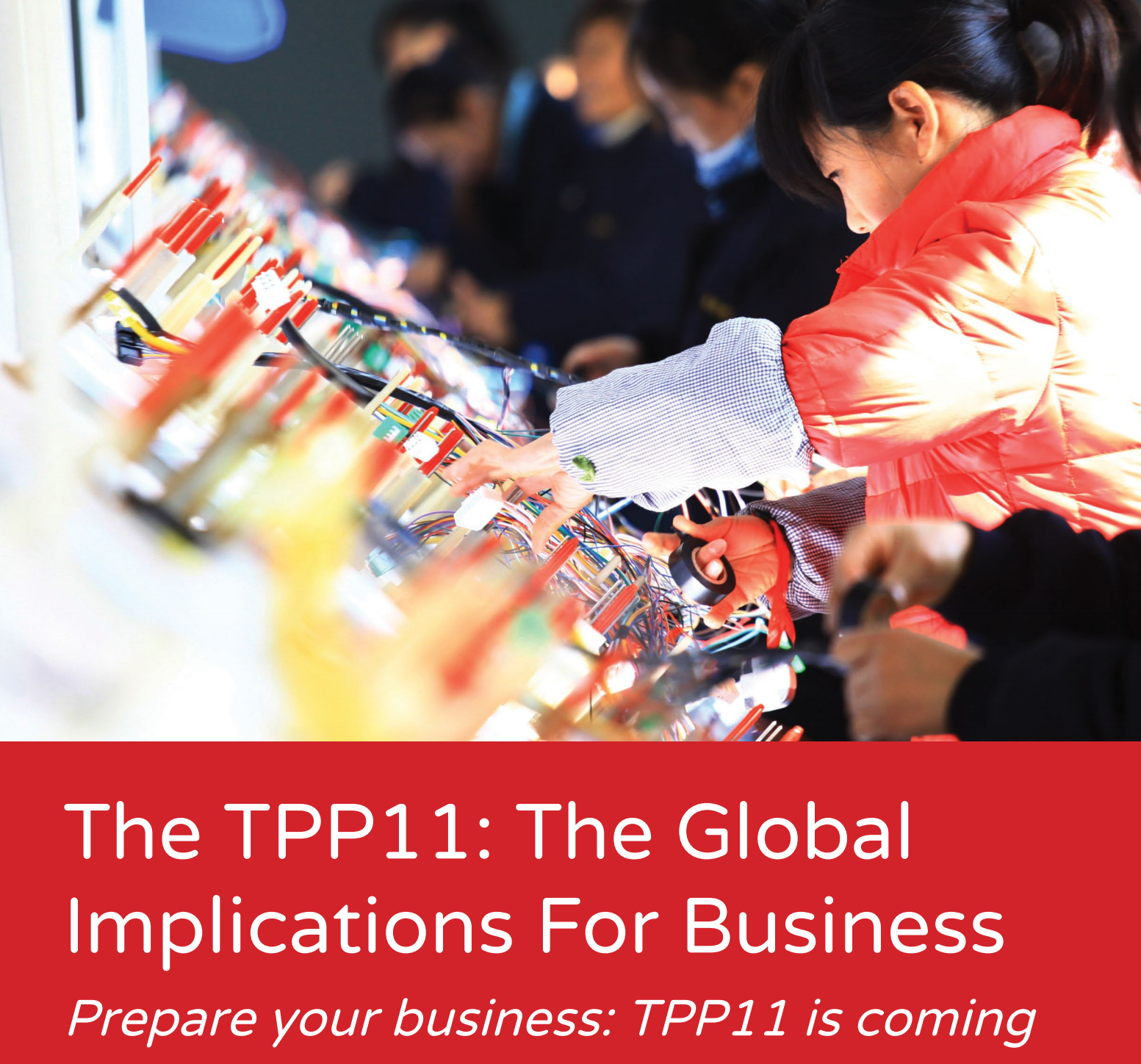After a long and arduous path, the Comprehensive and Progressive Trans-Pacific Partnership (CPTPP) trade agreement is ready to enter into force on December 30, 2018! Six member states have completed ratification procedures to allow the entire agreement to begin before the end of this year: Australia, Canada, Japan, Mexico, New Zealand and Singapore. This means that for these six members, every provision in the CPTPP will enter into force on December 30. Every tariff line will be reduced or eliminated, every service and investment sector that was pledged will be opened for CPTPP companies, all new rules on intellectual property rights start, all new customs procedures begin, new provisions for competition and state-owned enterprises kick in, labor and environment rules come into force, and so forth.
Another One-Sided Move on Last Mile Delivery
The United States, of course, is not Australia and has a customer base that is hard to ignore. Marketplaces will likely continue to deliver, despite higher costs, but will pass along these higher postal rates to customers who will pay more. In the meantime, firms will search for alternative markets outside the US to continue to grow their businesses. Governments outside the United States may follow suit and withdraw from the UPU as well, leaving US exporters, including many of the most vibrant global e-commerce vendors, at risk of failing to reach their own customers in fast-growing overseas markets where last mile delivery is always the most challenging part of e-commerce for firms. Withdrawing the United States from the UPU may seem like a small victory for Trump, but the implications and collateral damage it could cause to American consumers and companies alike may be significantly more than the relatively minor amount Trump claims the US Postal service is currently forgoing.
The Five Lessons of NAFTA Negotiations
The third lesson is that the details matter. Some of the provisions that are currently being ignored by commenters on NAFTA are buried deep in the texts and schedules. These may turn out to be deeply consequential for NAFTA parties. Some may also affect outside parties. As an example, the auto rules of origin require a significant and growing share of autos, trucks, parts, components, steel and aluminum to be made within NAFTA (with more expensive labor inputs as well). For suppliers based outside of NAFTA, this is going to be extremely problematic or even catastrophic. These orders could be cancelled outright and never replaced. Alternatively, NAFTA 2.0 could force a renewed look at offshoring or sourcing entirely for export. Either way, existing supply chains are likely to be under severe stress.
The fourth lesson is that NAFTA contains some problematic provisions that might spread elsewhere.
Evaluating Trade Deals Like NAFTA 2.0
Since NAFTA 2.0 builds on the base of the original NAFTA, the new deal had some advantages over the TPP. For example, tariffs between the parties are already set at zero. This remains, although do note that there are very complicated tariff rate quotas in place in NAFTA 2.0 that were not scrapped. Indeed, the level of genuinely new market access granted to partners that have known and worked with one another for decades is vanishingly small. While much focus, as an example, has been on Canada’s new market access for dairy, the total amount given amounts to barely 0.4%. And the United States, in return, has an equally complex system of barriers in place to protect its own dairy industry from competition (as well as sugar, oranges, and others). The deeply problematic bits of the agreement can be found buried in the texts. For instance, the rules of origin (ROO) are incredibly complicated. Given that tariffs are zero, the only way to keep out goods is to craft ROOs that are impossible to follow. Clearly, for many products, this objective has been met. The level of NAFTA content required in fairly large swaths of products is extremely high. Commentators keep focusing on the insane requirements for auto production, but note that for a wide range of goods, new NAFTA content rules require 50% or more content. To make matters worse, in many products, these rules tighten after 3 years, rising to as much as 70% local (ie NAFTA) content.
The Paradigm Shift in Trade: Business is NOT as Usual Anymore
The new paradigm has not been established yet. Kuhn describes a protracted battle that takes place during times of shift as the crisis plays out over what ought to replace the discredited old model. Trump has fired the starting gun on the battle for the future of the global trading system. In his world, the US will draw up the gates and manage with only those favored few bilateral partners that share similar perspectives. The European Union just presented a plan to save the current WTO. But because they have not yet recognized the extent to which we are standing on the precipice of the shift, the plan has already been derided as weak. It tweaks around the edges of the existing system. Canada is holding a conference of “middle powers” next month to brainstorm new ideas. They will need to be bold. In designing a way forward, officials need to recognize that whatever comes in the future will—of necessity—be radically different that the system that we have been comfortable with for more than seven decades.





